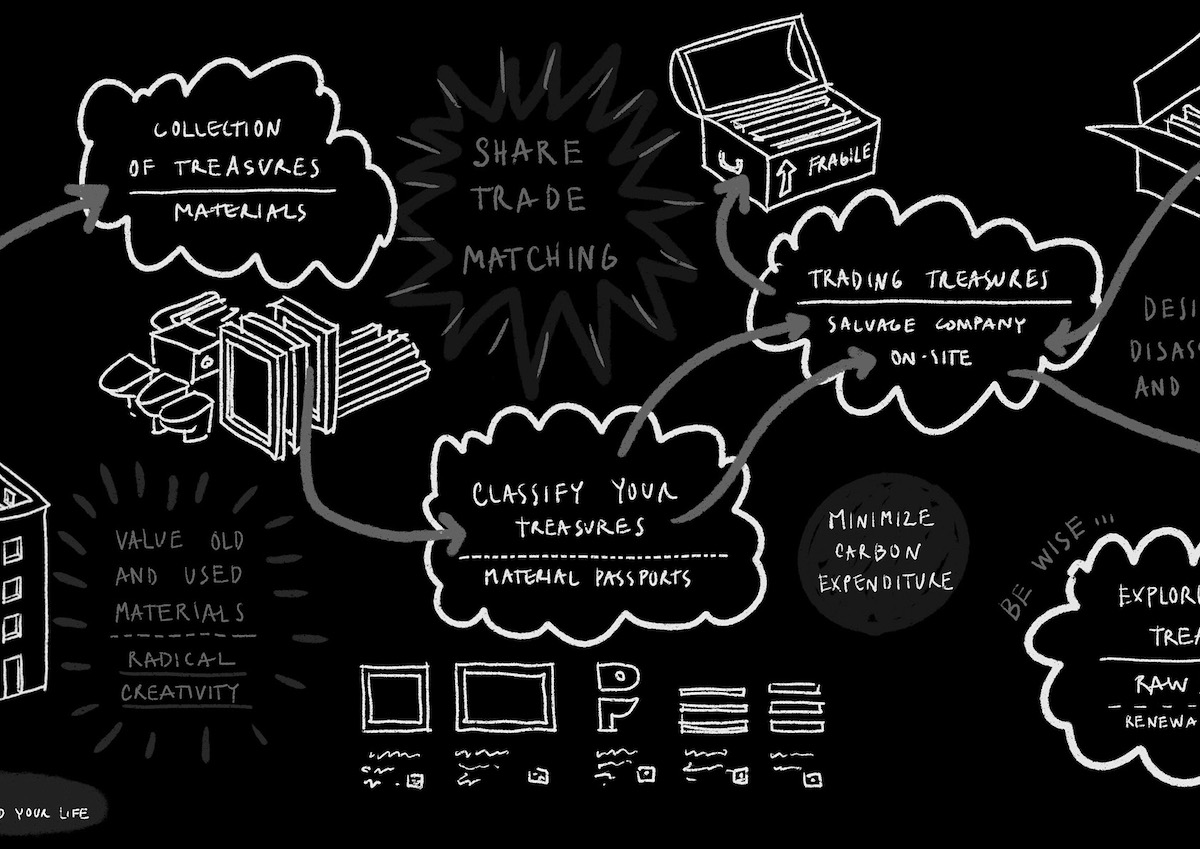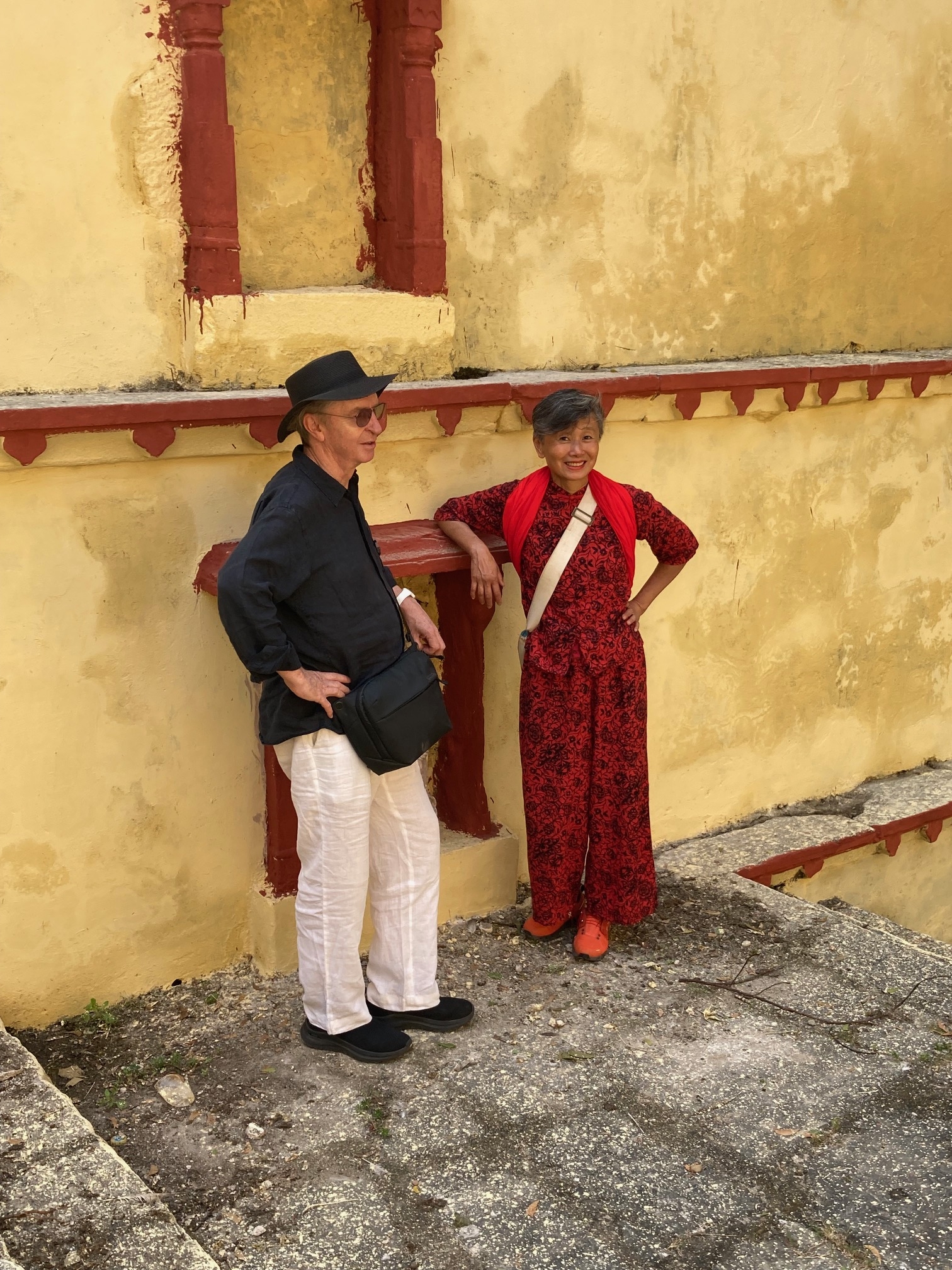My Kind of Town: a family connection creates a sense of commitment


It was Sanda that brought us to Antananarivo, Madagascar. After two long years of specialists and psychologists, on Friday 19 September 2012, Yamuna emailed Sanda’s passport-sized photograph to us. It was love at first sight and we knew nothing would be the same again. Yamuna reminded us that we had to be in Antananarivo by 6 November to arrange the paperwork, and must stay for at least three months for the legal process.
I was in London, and had to fly to northern China for a project meeting. From there I had an epic journey to reach ‘Tana’ via Shanghai, Bangkok, Nairobi, Johannesburg. My wife Ada, who runs our Barcelona office, had arrived a few days earlier and met me at the airport. She had found a bungalow in a quiet area, set in a garden overgrown with tropical plants. To our amazement our new home had internet, so we could Skype our offices and clients, but our sense of isolation was complete when it rained, because that meant no electricity and no internet.
That first night in Tana was our last night alone. Early in the morning, our driver Rivo came to collect us in his Renault 4. He had worked with Yamuna over many years and was well trusted by the charity. We must have driven for an hour through congested, bumpy roads and dirt tracks, which heightened our nervous anticipation as we approached the orphanage.
When we saw Sanda she was more than we could ever have imagined. She was five, but looked younger. Thin and cowering, she had a broad smile and the same cheekiness we see today. I carried her around the orphanage as she said a heartwrenching goodbye to friends.
Sanda had never sat in a car and was restless looking out of the window. As we drove through Tana, we were immersed in its daily life; shoeless men pushing wooden carts, children playing with stones, women selling sweets, workers in paddy fields along the dykes, and brick kilns in waterlogged fields resembling ancient archaeology. Tana is a city but it’s also an open field; a place where agriculture meets urbanity, insanity and graft.
Unlike other capitals in southern Africa, Tana was a major city before the colonial era. Founded in 1612, it sits in Madagascar’s central highlands, at the intersection of two ridges above extensive rice fields in the lower plains. The sub-tropical climate means its streets are teeming with life all year round.
Antananarivo was originally the site of Analamanga, taken by the Kingdom of Merina in 1612. Today’s settlement patterns stem from its historic ethnic, religious and caste divisions. The fortified royal palace was built in 1612 on a high point. High-ranking nobles lived in elevated neighbourhoods close by, with the lower class on the periphery. The slave class and rural migrants occupied flood-prone districts bordering rice fields to the west of the city.
The French colonial period helped to create a vibrant middle-height portion of the city, ‘Ville Moyenne’, containing residences, historic sites and businesses. The commercial centre with its market is on the valley floor.
Madagascar’s architecture is unique in Africa because of its strong similarities to that of southern Borneo, from where many of its earliest inhabitants came. Traditional houses are rectangular with sloping roofs supported by a central sacred column anointed with blood. Tana itself is a mix of colonial-era buildings jostling against tall, thin traditional Trano Gasy brick buildings, as well as informal settlements and a few unspectacular modern structures.
Narrow lanes are often congested, and the air is polluted, but Tana is also a place where everything is recycled, providing livelihoods for many families. Two thirds of Madagascar’s population live on less than $1 a day but there’s also a wealthy class that frequents the malls dotted around the outskirts of the city.
Nearly everything we did with Sanda in those early months was a first for her, and made us think about how lucky children are in the west. To maintain a relationship with Madagascar we decided to work there, which led to projects for an office block, a gallery and an academy. We also want to build low-cost housing – perhaps with an institution like the UN, or corporate sponsorship. It’s a tall order but it’s our daughter’s homeland and it’s something we need to do.















